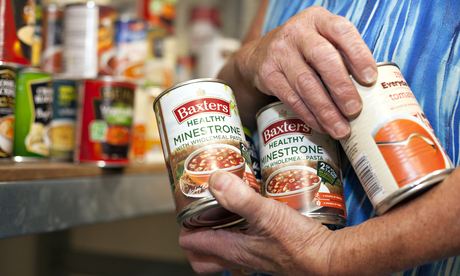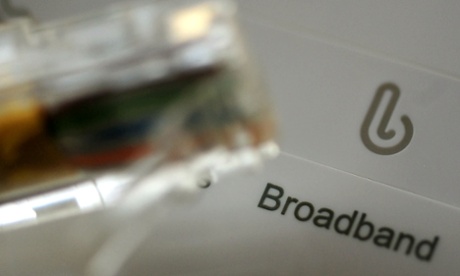Link: http://www.dailymail.co.uk/sciencetech/article-2622351/Unexpected-THIEF-bagging-area-Self-service-checkouts-soon-identify-people-dont-pay-goods.html
Title: Unexpected THIEF in the bagging area: Self-service checkouts could soon identify people who don't pay for their shopping

- It works by using an algorithm that plugs in data on factors such as area safety, time of day, shopping history, customer profile and queue length
- Self-service checkouts have the ability to create irrational rage and frustration
- A patent for a system that can both profile customers while also catching thieves has just been filed by New York-based Symbol Technologies.
- The group, which helped develop self-scan checkouts for Tesco and Asda, is currently designing 'statistical-based' software for its smart self-scan checkout.
- The technology can determine whether the shop is in a high-crime area; the time of day; shopping history and queue length, according to a report by Sarah Knapton in the Telegraph.
I believe this would be beneficial for everyone and is a positive for the development of new and digital media as it would reduce the crime rates in areas therefore making areas safer and reducing theft rates. This would also give people a positive perspective from the media's view.






